Stripper for stripper-resistant paint?
dilettante_gw
9 years ago
Featured Answer
Sort by:Oldest
Comments (12)
sombreuil_mongrel
9 years agolast modified: 9 years agoRelated Professionals
Arcadia Kitchen & Bathroom Designers · Arlington Kitchen & Bathroom Designers · Hammond Kitchen & Bathroom Designers · Kalamazoo Kitchen & Bathroom Designers · Midvale Kitchen & Bathroom Designers · Ojus Kitchen & Bathroom Designers · Riviera Beach Kitchen & Bathroom Designers · Allouez Kitchen & Bathroom Remodelers · Dearborn Kitchen & Bathroom Remodelers · Morgan Hill Kitchen & Bathroom Remodelers · Paducah Kitchen & Bathroom Remodelers · Spokane Kitchen & Bathroom Remodelers · Arvada Architects & Building Designers · Fort Lewis Architects & Building Designers · Saint James Architects & Building Designerspetchie
9 years agolast modified: 9 years agoannkh_nd
9 years agolast modified: 9 years agoklem1
9 years agolast modified: 9 years agodilettante_gw
9 years agolast modified: 9 years agosombreuil_mongrel
9 years agolast modified: 9 years agodilettante_gw
9 years agolast modified: 9 years agogreen-zeus
9 years agolast modified: 9 years agomarleeOLDHouse
9 years agolast modified: 9 years agomarleeOLDHouse
9 years agolast modified: 9 years agoJRK
9 years ago
Related Stories

DECORATING GUIDESWhat You Need to Know Before Painting Brick
Sure, painted brick can be a great look. But you need to take some risks into account. Here's how to paint brick like a pro
Full Story
MOST POPULARFrom the Pros: How to Paint Kitchen Cabinets
Want a major new look for your kitchen or bathroom cabinets on a DIY budget? Don't pick up a paintbrush until you read this
Full Story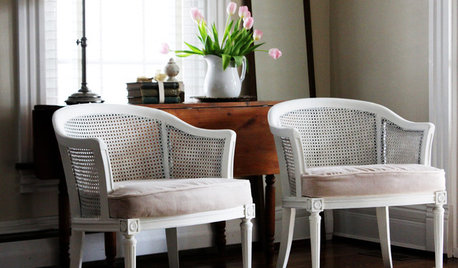
BUDGET DECORATINGBudget Decorator: 8 Ways to Make Old Furniture Look Brand New
Learn stripping, staining, painting and reupholstering basics to make bargain-basement furniture worthy of center stage at home
Full Story
KITCHEN DESIGN10 Gorgeous Backsplash Alternatives to Subway Tile
Artistic installations, back-painted glass and pivoting windows prove there are backsplash possibilities beyond the platform
Full Story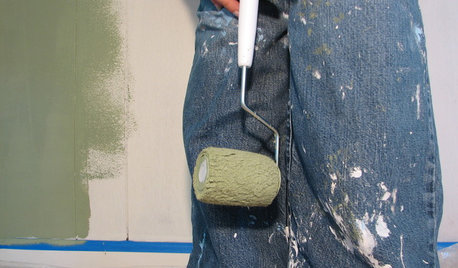
PAINTINGHelp! I Spilled Paint on My Clothes — Now What?
If you’ve spattered paint on your favorite jeans, here’s what to do next
Full Story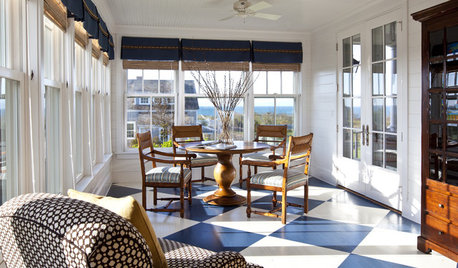
FLOORSHow to Paint Your Hardwood Floors
Know how to apply nail polish? Then you can give your wooden floors a brand-new look
Full Story
DECORATING GUIDES9 Ways to Use Rich, Dark Paint
See how deep colors — navy blue, charcoal, dark chocolate — can bring out your home's best details
Full Story
DECORATING GUIDESDecorating 101: How to Use White Right
If you’ve ever been in white-paint-swatch limbo, you know white can be tricky to work with. Here’s how to get the fresh look you’re after
Full Story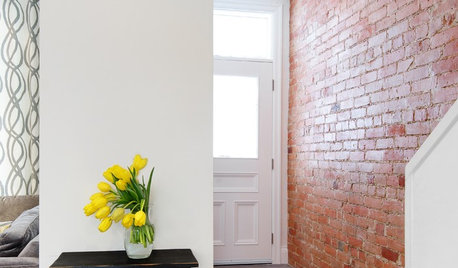
BRICKHow to Make an Interior Brick Wall Work
Learn how to preserve, paint, clean and style a brick wall to fit your design scheme
Full Story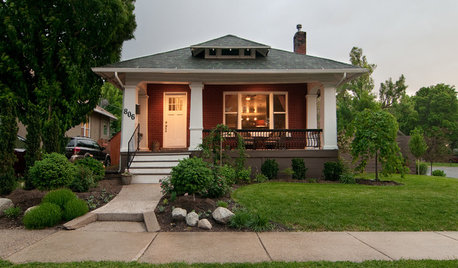
HOUZZ TOURSMy Houzz: Stripping Down Uncovers a 1910 Bungalow's Beauty
A first-time homeowner brings out the charm and coziness in her Utah home through determination and patience
Full StorySponsored
Columbus Area's Luxury Design Build Firm | 17x Best of Houzz Winner!
More Discussions








weedyacres